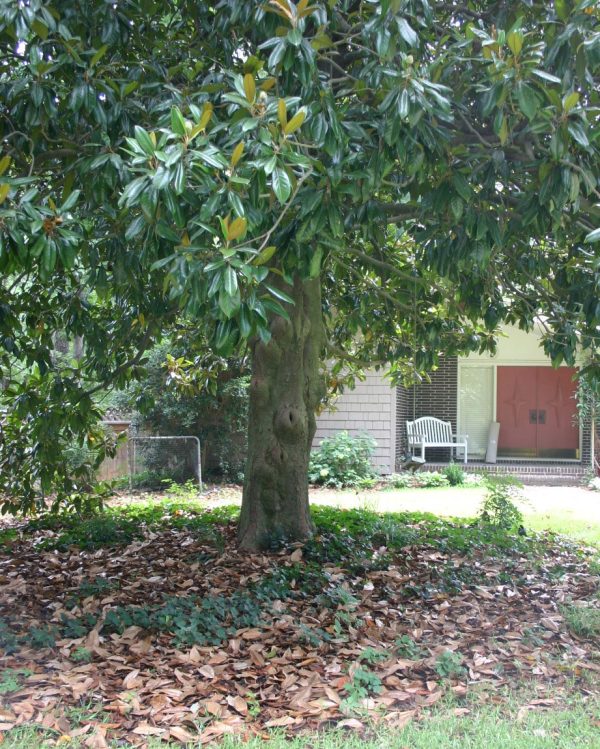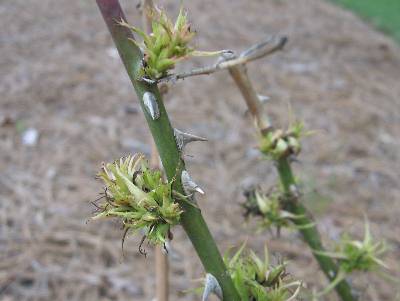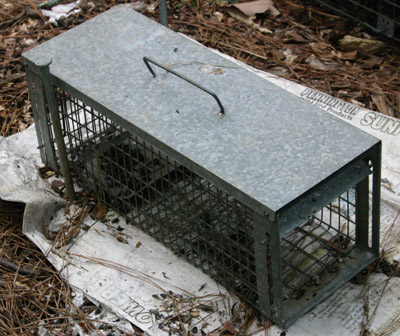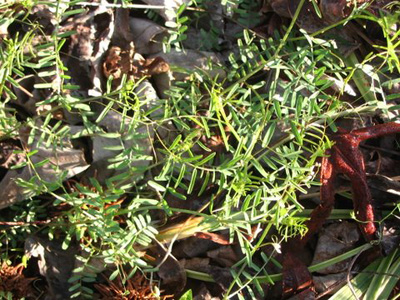Fescue – Planting Seed – New Lawn
Kill all weeds by spraying the area with a non-selective weed killer two weeks before planting.
• Till the soil thoroughly to a depth of six inches, mixing in the amount of lime and fertilizer recommended by a soil test (contact your county Extension office)
• If you have not had the soil tested for its lime and fertilizer needs, dig in 50 pounds of lime and 20 pounds of 5-10-15 fertilizer per 1000 square feet. In addition, cover the entire area with a layer of composted material one inch thick. Mix the lime, fertilizer and organic matter thoroughly with the soil.
• Rake the area smooth, removing rocks, clumps and grassy debris.
• Roll the area with a water-filled roller to reveal low spots.
• Fill low spots with soil.
• Scatter seed according to rate below.
• Cover very thinly with wheat straw (1 bale per 1000 square feet).
• Follow the watering guidelines below.
• Do not use weed control products on your lawn until at least six weeks after planting.
Seeding rate for new lawn:
Tall Fescue 5 – 8 pounds per 1000 square feet. Do not exceed this rate. Crowded seedlings both demand more water and also become susceptible to disease.
All bags of grass seed are required to have a label that shows the results of various tests on that batch of seed.
• Always buy seed which has been tested for its germination rate within the past six months.
• When deciding which seed to buy, compare the germination percentage and the number of weed seed found in each.
• You may discover that a higher priced bag of seed is a better value because more of the seed will germinate.
WATERING SCHEDULE AFTER SEEDING
• One inch of water immediately after planting.
• Apply enough water daily to prevent the top one-half inch of soil from drying until seedlings are 1.5 inches tall.
• After that, apply one-fourth inch of water every third day for nine days.
• Next apply one-half inch of water every fifth day for ten days.
• After this establishment period, apply one inch of water per week for the rest of the growing season.
• There is no need to water if rainfall supplies the correct amount.
WATERING CORRECTLY
The best time to water a lawn is in the morning, preferably before noon. This allows the grass to dry before nightfall, reducing the risk of disease. Take into account recent rainfall when deciding how much to apply. Watering restrictions may impact how often you can irrigate. Check www.georgiadrought.org for the latest information. If restrictions mandate watering every other day, the schedules below may be modified to fit the rules.
How to measure the amount of water applied by irrigation:
• Place six identical containers randomly in the area wetted by your sprinkler.
• Plastic cups can be used but weight them down with a heavy washer in the bottom of each.
• Let your sprinkler run for an hour.
• Measure the depth of water that has accumulated in each cup.
• Calculate the average of the depths. This gives you the amount (in inches) that has been applied in an hour.
• Make a mental calculation of how long it will take to apply an inch of water.
• Don’t be surprised if your sprinkler must run for more than an hour to apply the water your lawn needs.
Q: I am preparing my yard for overseeding with turf type fescue grass. Two weeks ago I fertilized with a winterizer type weed-and-feed product. Do I still need to use a starter fertilize with the grass?
A: If you used a “weed and feed” that contained a weed seed preventer (also called a pre-emergent chemical), you can’t plant fescue for several weeks afterward. The weed preventer will inhibit fescue seed from sprouting. You need to find and re-read the label to determine the correct waiting period. If your “weed and feed” product contained a broadleaf weed killer plus fertilizer I’d wait four weeks before planting seed. Even the herbicides that promise only to kill broadleaf weeds can harm young grass seedlings. You don’t need a starter fertilizer due to the nutrients in the product you’ve already applied. Plan to fertilize your fescue again in early November.
Q: I want to aerate my lawn and then apply lime, fertilizer and seed. Is there any special order in which I should do this?
A: I like to aerate first and then spread the other items in no particular order. The holes left by the aerator will allow better penetration by the lime and better spots in which seed can germinate. You didn’t mention watering your lawn in this process. You should water a day in advance of aerating to insure the tines penetrate the earth deeply. After spreading the lime, seed and fertilizer, water again to wash the chemicals into the soil and to give the seeds an initial drink.
Q: When should I mow my fescue lawn after the seeds have sprouted?
A: Technically, you can mow just about anytime after the majority of the seeds have sprouted. The mower won’t “pull them out of the ground”. Practically speaking, wait until the seedlings are four inches tall before you mow. They will have had time to grow roots deeply enough to avoid being squashed by your mower wheels.














